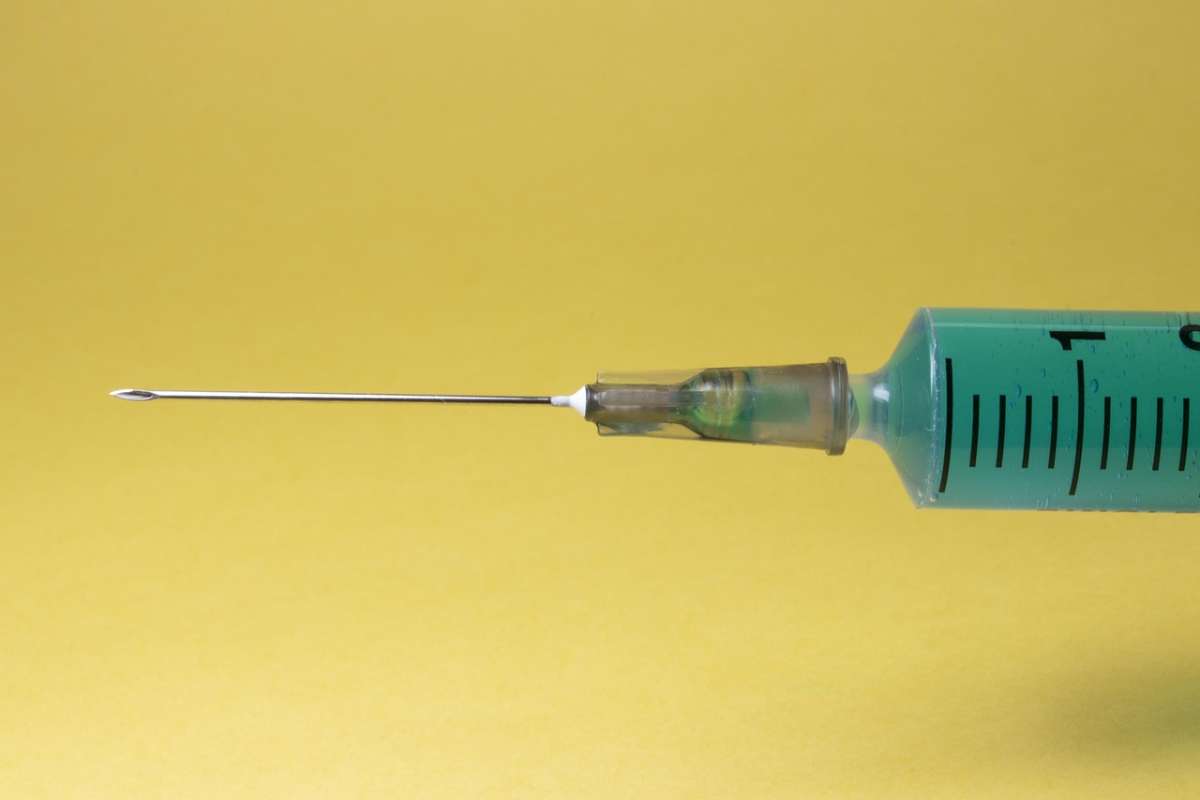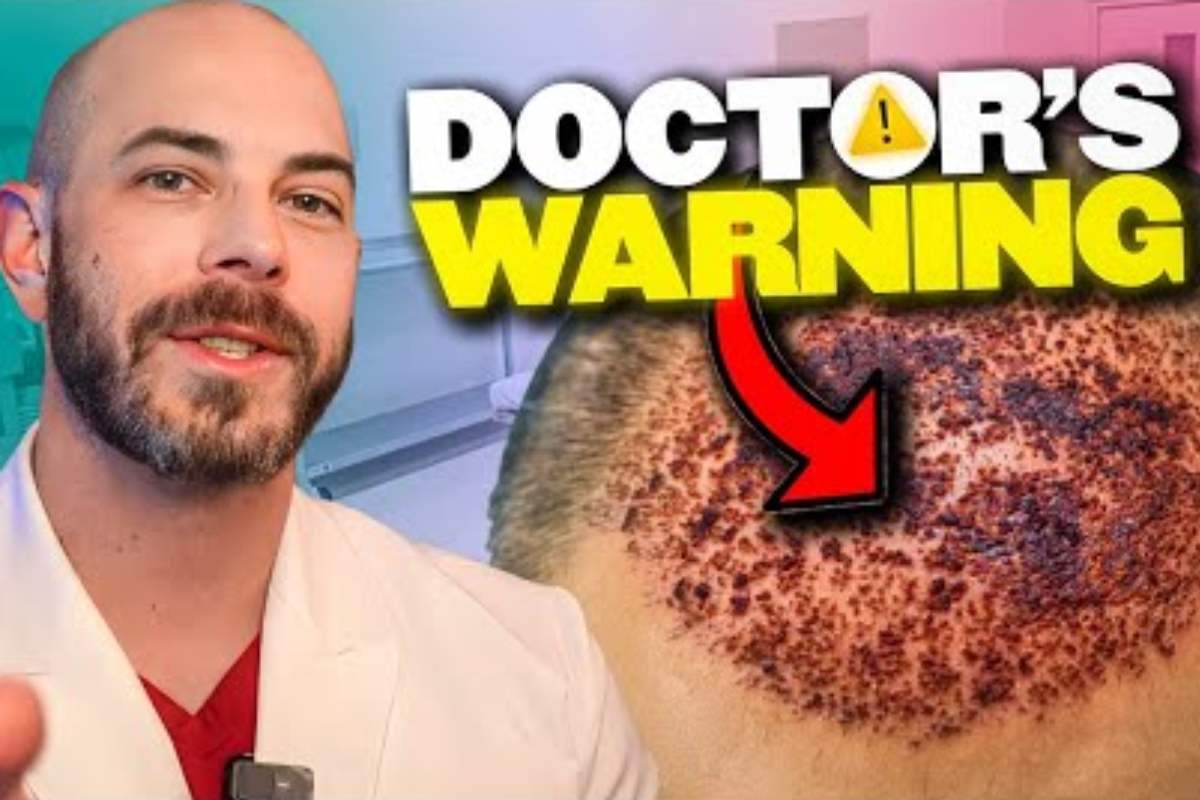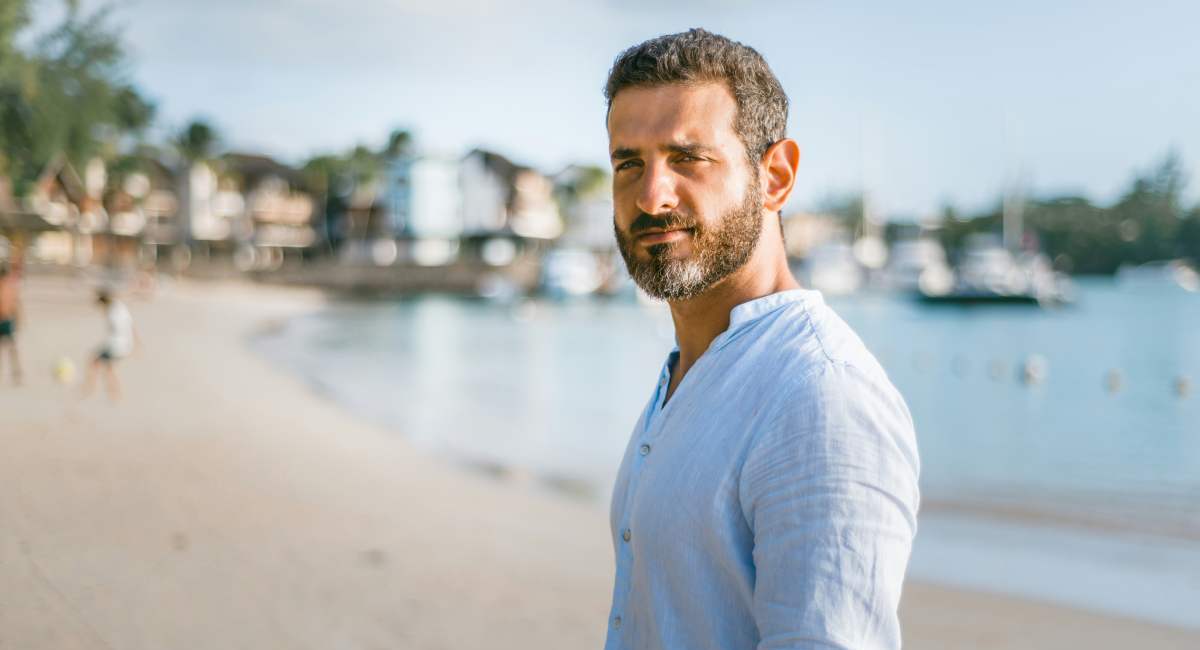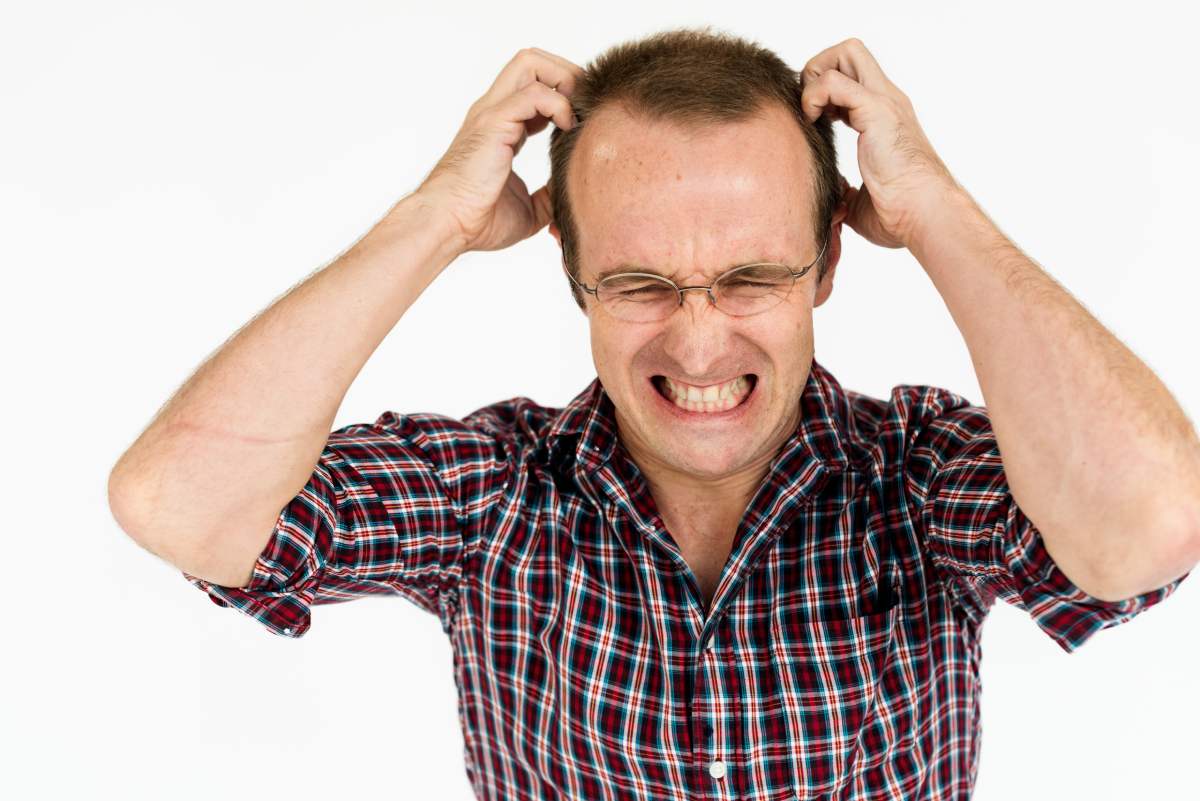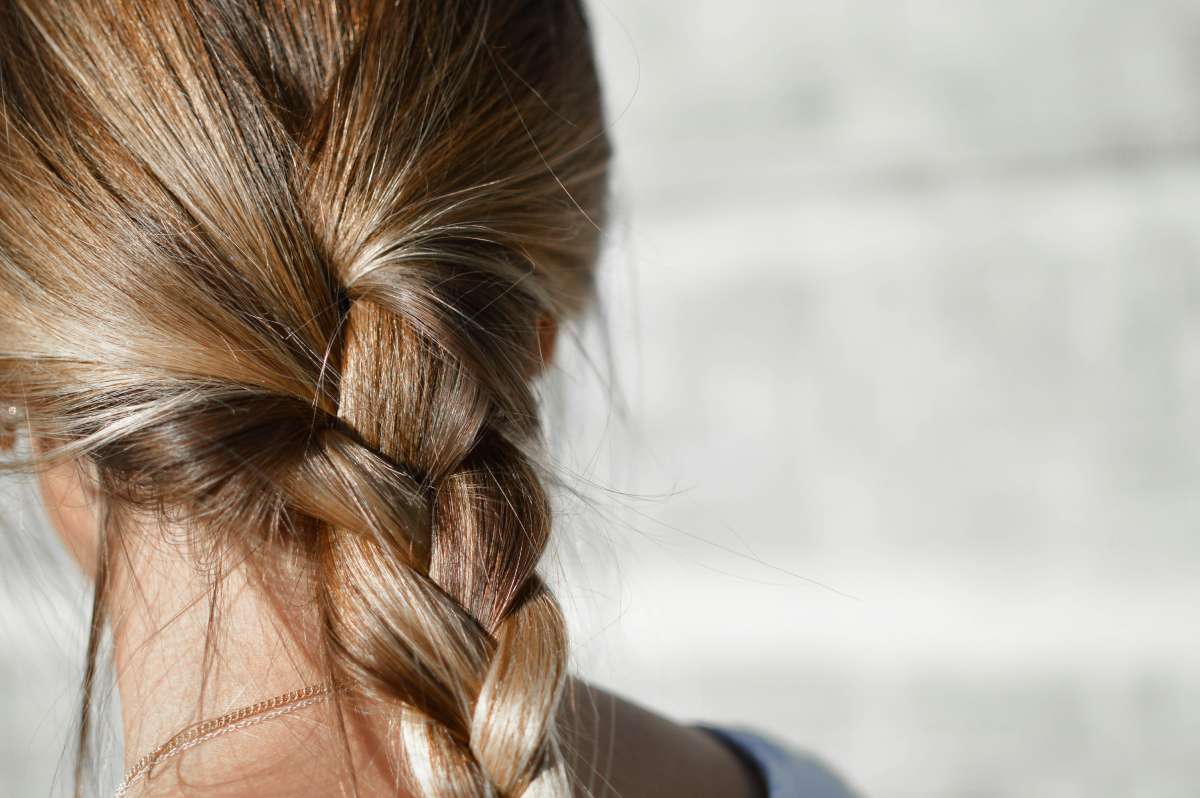Hair loss in children can be alarming for both kids and their parents. While hair loss is often associated with adults, many children experience it too. Common causes include scalp infections, autoimmune conditions, and stress. But understanding the root of the issue is the first step toward effective treatment.
Children’s hair loss can sometimes be temporary and easily treated, while other cases may require long-term care. Early diagnosis is essential for addressing underlying conditions and preventing further hair loss. By identifying the cause, parents can help their child regain healthy hair and confidence.
Common Causes of Hair Loss in Children
Tinea Capitis (Scalp Ringworm)
Tinea capitis is a common fungal infection that affects the scalp and leads to hair loss in children. This condition is highly contagious and can spread through shared items like combs, hats, or pillows. Symptoms include scaly patches on the scalp, broken hairs that look like black dots, and sometimes redness, swelling or crusty scabs.
Treatments for tinea capitis include oral antifungal medications, such as griseofulvin, and medicated shampoos containing selenium sulfide or ketoconazole. It’s important to treat the infection promptly to prevent permanent damage to the hair follicles.
Alopecia Areata
Alopecia areata is an autoimmune disease where the body’s immune system attacks its own hair follicles, causing sudden hair loss in smooth, round patches. In some cases, it can affect nails, leading to pitting or ridges, as well as facial and body hair. While the exact cause isn’t always clear, this condition can run in families and has an association with thyroid disorders.
Treatment options include topical corticosteroids or other topical, oral, or injectable medications to help stimulate hair regrowth. Although alopecia areata can be unpredictable, many children see improvement over time.
Trichotillomania (Hair-Pulling Disorder)
Trichotillomania is a neurological and behavioral disorder where children feel an uncontrollable urge to pull out their hair. This can lead to irregular patches of hair loss. Emotional stress or anxiety often plays a role in triggering this condition.
Treatment focuses on addressing the underlying behavior through counseling or behavioral therapy. Support from parents and mental health professionals can help children manage this disorder. Many children eventually outgrow the urge to pull but it can continue into adulthood.
Telogen Effluvium
Telogen effluvium occurs when a sudden shock or stress causes hair follicles to enter a resting phase, leading to hair shedding. This can happen after a high fever, surgery, or significant emotional distress. The hair usually regrows once the underlying cause is resolved.
Encouraging a balanced diet and reducing stress can help speed up recovery and restore healthy hair growth. Reassurance and patience are primarily what is needed for both the child and the parent. Hair loss from telogen effluvium is not permanent and will grow back but it takes time.
Traction Alopecia
Traction alopecia is caused by hairstyles that pull too tightly on the hair, such as braids, ponytails, or buns. This can damage the hair follicles and lead to hair loss, especially around the hairline.
Preventing traction alopecia involves avoiding tight hairstyles and opting for gentler hair care practices. If caught early, this type of hair loss is reversible.
Less Common Causes of Hair Loss in Children
Nutritional Deficiencies
A lack of essential nutrients can lead to hair loss in children. Deficiencies in vitamins such as vitamin D, biotin, copper or zinc, as well as iron, are common culprits. For example, iron deficiency can weaken hair follicles and lead to noticeable thinning. These are very uncommon in the United States due to plentiful food supply along with fortified breads and other packaged food. Some nutritional deficiencies are seen in rare genetic conditions that inhibit the absorption or production of trace vitamins and minerals, but they generally are diagnosed in combination with other physical abnormalities.
A balanced diet rich in fruits, vegetables, lean proteins, and whole grains is critical for healthy hair growth. If nutritional deficiencies are suspected, a pediatrician would do blood tests before recommending any dietary adjustments or supplements.
Endocrine Disorders
Hormonal imbalances caused by thyroid disorders, such as hypothyroidism, can contribute to hair loss in kids but this is also rare. Thyroid problems may also cause symptoms like fatigue, dry skin, and weight changes.
Blood tests can help diagnose these conditions, and proper treatment with medications can often restore normal hair growth.
Genetic Conditions
Certain inherited conditions, such as ectodermal dysplasia, can affect the development of hair follicles and lead to hair loss. These conditions are rare and typically diagnosed through a combination of medical history, genetic testing, and physical examination.
While treatments vary depending on the condition, some involve specialized care to manage symptoms.
Diagnosing Hair Loss in Children
Identifying the cause of hair loss in children requires a thorough and careful evaluation. A healthcare professional will typically begin with a detailed medical and family history. This helps identify potential genetic factors, recent illnesses, or stressors that may contribute to the problem.
A physical examination of the scalp and hair is then performed. The doctor will look for signs of infections, such as scaling or redness, as well as patterns of hair loss that might indicate conditions like alopecia areata or trichotillomania.
If further testing is needed, blood tests can check for nutritional deficiencies, such as iron or zinc, or thyroid dysfunction. In some cases, a scalp biopsy may be performed to examine the hair follicles more closely.
These diagnostic steps ensure that the treatment plan addresses the root cause of the hair loss effectively. Hair loss evaluations in children may begin with their pediatrician; however, complex, advanced, or resistant cases of hair loss may require an appointment with a general or pediatric dermatologist to get to the “root” of the issue.
Treatment Options for Hair Loss in Children
Medical Treatments
The type of treatment depends on the cause of the hair loss. For fungal infections like tinea capitis, oral antifungal medications such as griseofulvin are commonly prescribed, along with medicated shampoos. Autoimmune conditions like alopecia areata may require topical corticosteroids or other anti-inflammatory agents to stimulate hair regrowth. If nutritional deficiencies are identified, supplements such as iron or vitamin D can help restore hair health, but this should be under the direction of your family physician, a pediatrician or pediatric dermatologist.
Behavioral therapy is often recommended for trichotillomania, focusing on managing the urge to pull hair. This treatment may also include stress-reduction techniques and support from mental health professionals.
Lifestyle and Home Care
Gentle hair care practices play an essential role in managing and preventing children’s hair loss. Avoid hairstyles that put excessive tension on the scalp, like tight braids or ponytails, which can cause traction alopecia. Use mild shampoos and conditioners to minimize irritation and breakage.
A balanced diet is also important. Foods rich in iron, zinc, and vitamins, such as leafy greens, eggs, and fish, support healthy hair growth.
Encouraging healthy stress management, through activities like mindfulness or relaxation exercises, can further aid recovery from conditions like telogen effluvium.
Supportive Measures
For children experiencing significant or visible hair loss, support from parents and caregivers is critical. Wearing wigs, hats, or scarves can protect the scalp and help a child feel more confident. Openly talking about the condition and reassurance can also make a significant emotional impact.
Is Child Hair Loss Permanent?
Most cases of children’s hair loss are temporary and treatable, especially when diagnosed early. Conditions like tinea capitis and telogen effluvium often resolve completely once the underlying issue is addressed. For more complex causes, such as alopecia areata or trichotillomania, the outcome can vary, but proper treatment and ongoing support can significantly improve the situation.
Parents should remain patient during the treatment process, as hair regrowth can take time. Following the treatment plan provided by a healthcare professional and maintaining a supportive environment at home are essential for helping children regain healthy hair and confidence.
When hair loss is caused by rare conditions, such as genetic disorders or severe nutritional deficiencies, the prognosis depends on the severity of the condition and the effectiveness of long-term management strategies. Regardless of the cause, a proactive approach is key to achieving the best results.
When to Consult a Healthcare Professional
Parents should seek medical advice if their child is experiencing rapid or unexplained hair loss. Warning signs that require prompt attention include:
- Scalp redness, swelling, or pain: These may indicate an infection like tinea capitis.
- Round, smooth patches of hair loss: A possible sign of alopecia areata.
- Broken hairs or irregular patches: This could point to trichotillomania or traction alopecia.
- Accompanying symptoms: Fatigue, weight changes, or dry skin, which may suggest a thyroid disorder or nutritional deficiency.
- Signs of infection: Pus, fever, or tender areas on the scalp.
Additionally, emotional distress caused by hair loss can affect a child’s self-esteem. If hair loss is impacting their mental well-being, consulting both a medical professional and a counselor or therapist can provide the necessary support.
Early evaluation by a dermatologist or pediatrician ensures timely diagnosis and treatment, which can prevent permanent damage and improve outcomes for children’s hair loss.
Understand Children’s Hair Loss
Hair loss in children can be a challenging experience, but understanding its causes and treatments can make a big difference. From common conditions like tinea capitis and alopecia areata to less frequent causes such as nutritional deficiencies or stress-related telogen effluvium, identifying the root of the problem is essential for effective care.
Most cases of children’s hair loss are treatable, and early intervention can help prevent further complications. With proper diagnosis, medical treatment, and supportive care, children can regain healthy hair and confidence.
By addressing both the physical and emotional aspects of hair loss, families can navigate this journey with reassurance and hope for a positive outcome.

